
Activity Reports
Kyushu Floods: Disaster Relief Activity Report
August 1, 2012
This is a report on Peace Boat’s disaster relief activities after the heavy rain and flooding in Takeda City, Oita Prefecture, from July 22.
Applications are now open for the second dispatch of volunteers from July 29 – August 10. Details and information about the application process can be found here (in Japanese language).
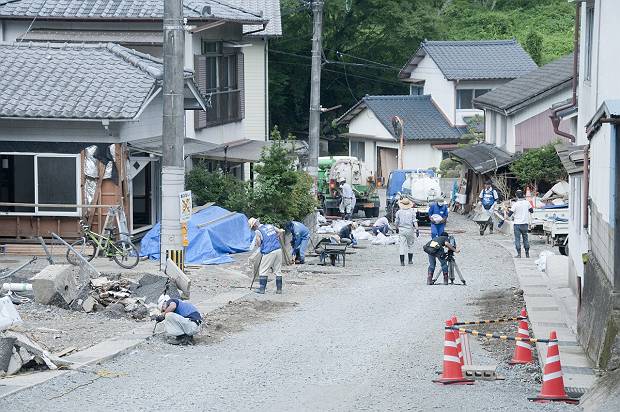
Takeda City, with a population of 26,000, was created in 2005 after the merging of the Takeda District with the towns of Hagi, Kuzumi, and Naoiri. The city is situated in the south-west of Oita Prefecture, surrounded by the Kuju mountain range, Aso volcanic caldera, and the base of Mount Sobo. Also, hosting the headwaters of the Ono River, it is a region of abundant water and greenery. The main industry of the region is agriculture, especially rice, kabosu (a kind of citrus fruit), shiitake mushrooms and tomatoes, as well as tourism focusing on historical sites including the ruins of Oka Castle, old samurai residences, and the memorial house of Rentaro Taki (a famous Japanese composer of the late 19th-20th Centuries.)
According to the official website of Takeda City, due to the recent flooding more than 100 houses were half-collapsed or worse, and more than 300 houses were flooded to or above the floors.

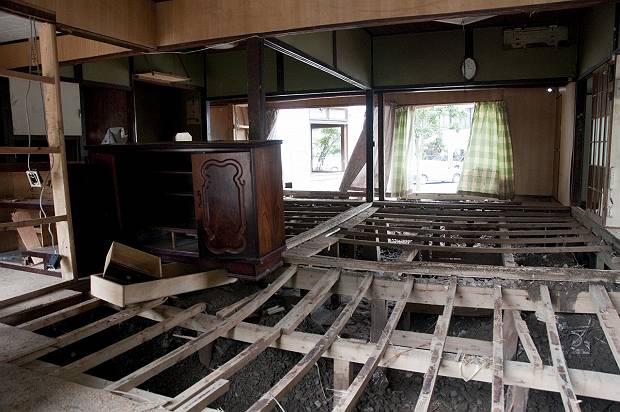
The water supply has now been mostly restored (including some temporary measures). However, Route 57, the road that connects Oita and Kumamoto Prefectures running from the east to west of Kyushu, has been blocked. The JR Houhi railway line has also been heavily damaged. Thus, traffic access to the affected area is extremely limited, delaying the speed of traffic and also of the recovery efforts.
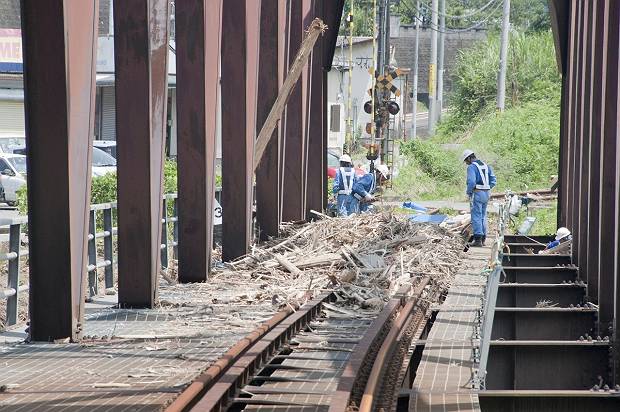
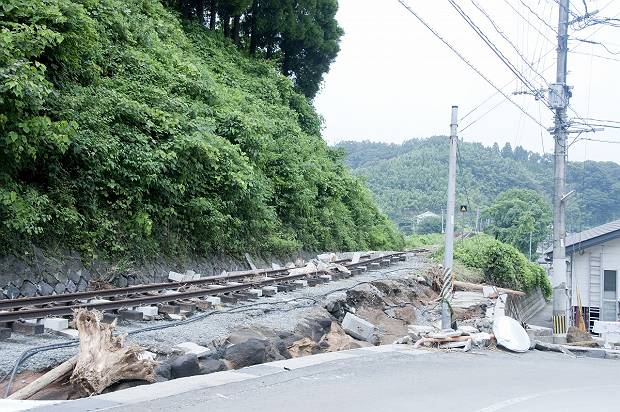
At midnight on July 20, 5 days after the Peace Boat advance team entered Takeda City, 9 staff members including the first volunteer team arrived at the site together with materials and equipment for relief work. They then began to meet with staff members of the local Disaster Volunteer Center run by the Takeda CIty Social Welfare Council, and launched relief efforts for mud shoveling and cleaning.
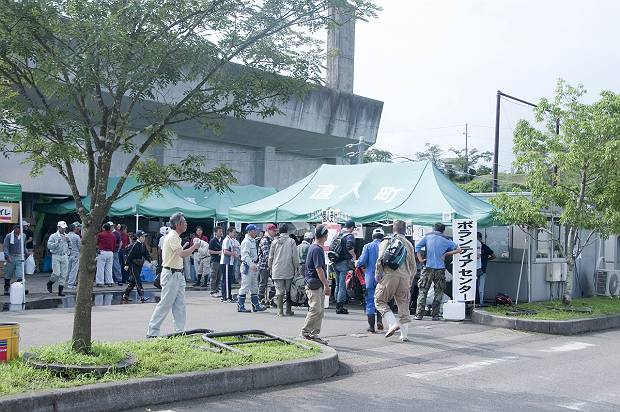
Neighbours and day volunteers joined Peace Boat at the work site – allowing work to be carried carried out efficiently while actively communicating with each other.
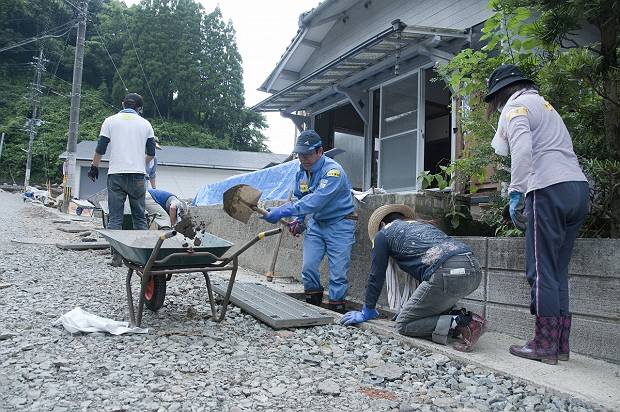
Though it is the households that have the greatest needs for help, Peace Boat is also working to clear gutters depending on the situation and needs. While many members of the local community are not aware of what systems are in place for the cleanup and recovery, including the fact that the Social Welfare Council registers and coordinates people’s needs for help, Peace Boat also conducts casual hearings for residents. This is possible due to the experience in emergency relief works in Ishinomaki and Wakayama, and the capacity of the organisation to give enduring support rather than just for the day.
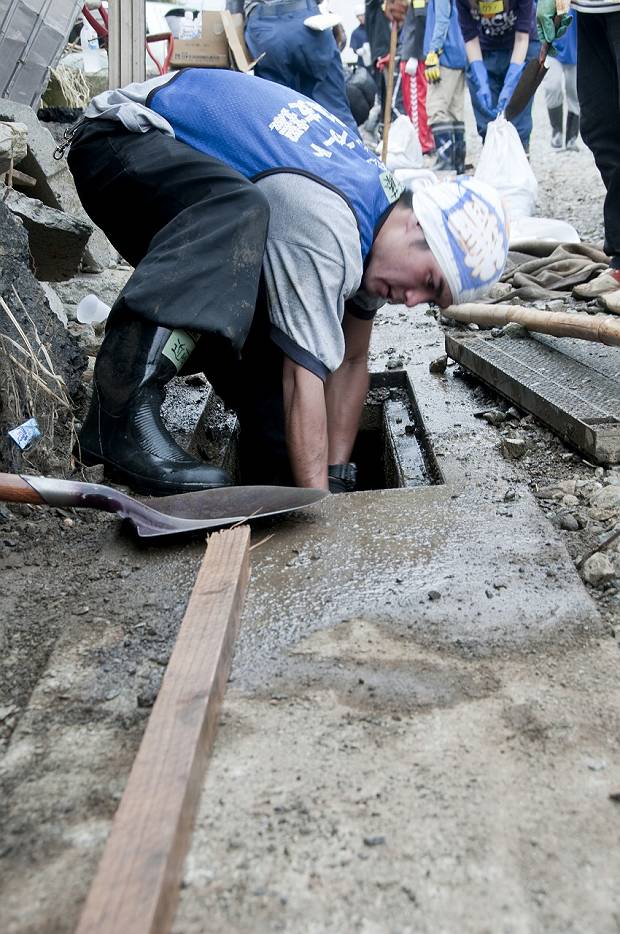
At the end of each day a meeting is held with staff members supporting the work of the Social Welfare Council, to share progress of the day’s work, the overall status of the damage and needs, and to determine the works and responsibilities for the following day. The key to effective relief work is above all, implementing both effective information sorting and works on site. Taking a good rest for the next day is also important.
Dear volunteers, working in the humidity and heat is tough, so please be careful with injuries and illness and take a good rest. And, thank you for your continuing work!
TAGS: Disaster Relief • flood • Kyushu • peaceboat • Rainstorm • volunteering • Volunteers


